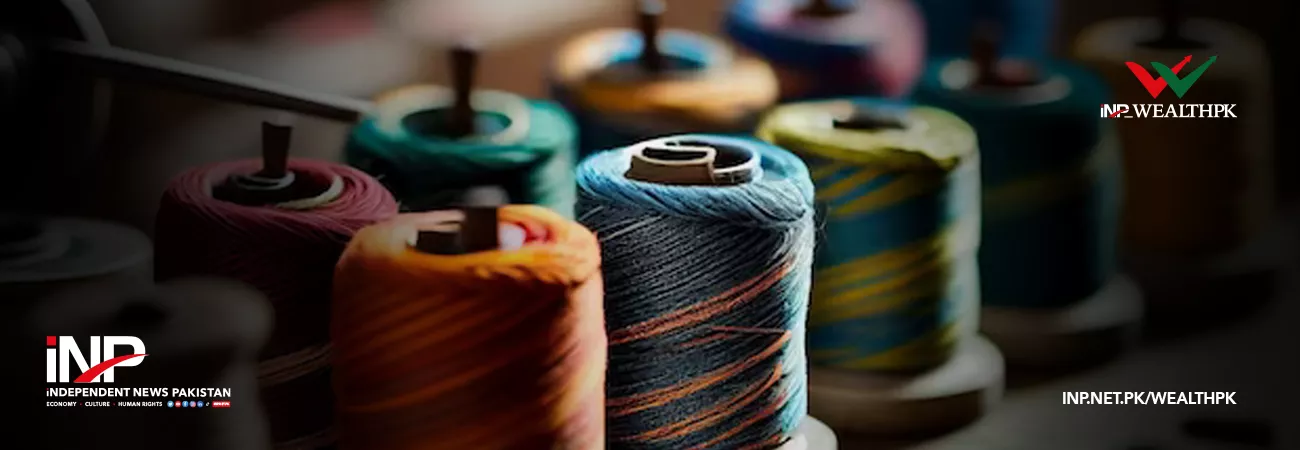INP-WealthPk
Raza Khan
Energy shortages, high electricity tariffs, elevated financing costs, global slowdown and devastating floods are major factors behind decline in Pakistan’s textile exports during the current fiscal year, according to Economic Survey of Pakistan 2022-23. “The global economic slowdown has decreased the demand for Pakistani textile products,” the government said in the economic survey. Moreover, last year’s floods also caused massive losses to the cotton industry in shape of reduced yields. Turnaround time of raw material is identified as another problem. “Importing, processing and re-exporting raw material takes five to six months in Pakistan, while it takes only one to two months in Bangladesh,” said the economic survey.
Contractionary policy stance, including higher policy rate, increased energy charges, and restrictions on the import of raw materials and machinery has made it harder for businesses to operate and export. According to the economic survey, Pakistan’s textile sector witnessed a dip of 16.03% in exports during the July-March period of the fiscal year 2022-23 compared to 3.23% growth during the same period of last fiscal year. Asad Naqvi, Senior Analyst at All Pakistan Textile Mills Association (APTMA), told WealthPK that increase in energy prices, currency devaluation, expensive raw material and global financial crisis made the current year hard for textile exporters.
“The country’s economic situation and shortage of foreign exchange reserves are primary reasons behind decline in textile exports,” Naqvi said, adding that loss to cotton crop due to flood also added to the miseries. He said that decline in textile exports was also worrisome for the workers employed at the industry, many of whom have already lost their jobs. “Many textile firms have suspended operations; therefore, exports would remain under pressure until the situation normalises,” Naqvi said. According to the economic survey, exports of various textile products have been on the losing side during 2022-23.
“Exports of bedwear decreased both in quantity and value by 23.3% and 17.0%, respectively, whereas towels exports also decreased in both quantity and value by 13.2% and 9.1% during the July-March period,” the survey said. The unsatisfactory performance of textile products may also be attributed to limited access to technology, ineffective image building and brand-development strategies. “Around 25% of industrial value-added is contributed by the textile industry. Despite seasonal and cyclical changes, textile products continue to maintain an average share of around 59.53% in national exports,” mentioned the economic survey. According to Pakistan Bureau of Statistics (PBS), the country’s textile exports declined by 14.72% during the first 11 months (July-May) of FY23.
Pakistan’s textile exports dropped to $15.029 billion during July-May FY23 from $17.623 billion during the same months of FY22. APTMA expressed fears of 15% to 20% decline in textile exports during the current fiscal year due to various domestic and global challenges. Pakistan achieved its highest ever textile exports of $19.329 billion during FY22. However, the textile sector couldn’t sustain the trend of positive growth and exports started to decline in October last year after recording single-digit growth during the first three months (July, August, September) of FY23.
Textile exports are the major portion of the country’s overall exports, and the textile sector hosts over 50% of the industrial workforce in Pakistan. Textile exports during FY22 accounted 60.92% of the country’s total exports of $31.76 billion. According to Textiles and Apparel Policy 2020-25, the textile exports target for the current fiscal year has been set at $25 billion.
Credit : Independent News Pakistan-WealthPk




